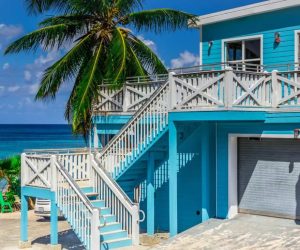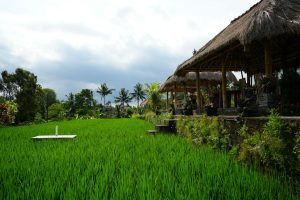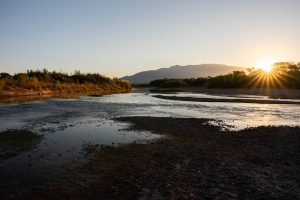
Welcome to the enchanting world of the Plitvice Lakes National Park, located in the very heart of Croatia. The region will attract you with its wonderful nature, as well as abundant cultural heritage. Through archaeological discoveries, interesting legends, extraordinary architecture, charming mills dotted along the Korana river, and a dedication to preserving cultural heritage, we are here to introduce you to the connection that this magical corner of the world has with history and tradition. Join us as we explore the fascinating world of the Plitvice Lakes National Park, where we will look into the various aspects of its cultural history, discovering its deep roots and the importance it has for modern society.
Archaeological research
The old town of Kr?ingrad is situated on the peninsula between the Gradinsko and the Kozjak lakes within the Plitvice Lakes National Park. The hill is protected by natural formations, as well as an additional defence wall built of out tufa ashlar and a triangular tower once tasked with defending the only way to reach the town by land. Despite its extraordinary position and architectural formation, the history of Kr?ingrad is virtually unknown due to a lack of preserved written sources. However, evidence obtained through archaeological research suggests that its construction in late 13th and early 14th century could be linked to the powerful knez family Baboni?. In addition to supervising the mediaeval commercial route traversing the Plitvice Lakes region, the old town of Kr?ingrad was also a show of the power held by one of the most influential noble families in the late mediaeval Slavonia.
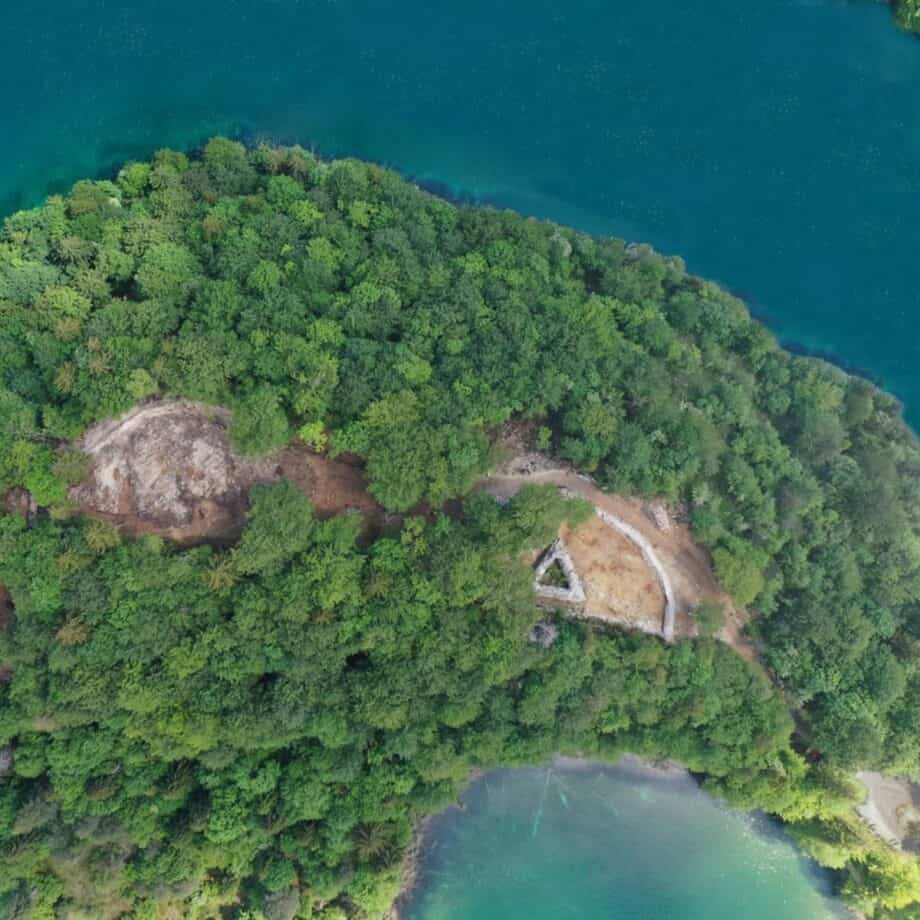
In the Široka Luka and Plitvica Selo region, archaeological research uncovered remains of the church of St Mark, or more accurately St George, first mentioned in the 13th century. This discovery casts a new light over the history of this region, especially given the false indications of title-holders in the 20th century. A total of 13 graves were found within the church, dating from the 13th to the 15th century, and they were all entrusted to the Anthropology Centre of the Croatian Academy of Sciences and Arts for analysis. The mysterious tradition of pilgrimage to the ruins of the church of St. George on St. George’s Day adds more flair to the region’s story.
Not only does the archaeological research in the Plitvice Lakes National Park uncover lost towns and churches, but it also sheds a light on the continuity of settlement, thus offering us an insight into the rich history of this beautiful part of Croatia.
Legends connected to the Plitvice Lakes National Park
Myths and legends are often instrumental in shaping local culture and history, and the Plitvice Lakes National Park is no exception. The creation of this gorgeous Park is the subject of many legends, and each of the 16 lakes has its own story and name. However, one legend rises above the rest – the legend of the Black Queen.
It says that had it not have been for the Black Queen, there would be no Black river and no White river, and without the two of them – there would be no Plitvice Lakes.
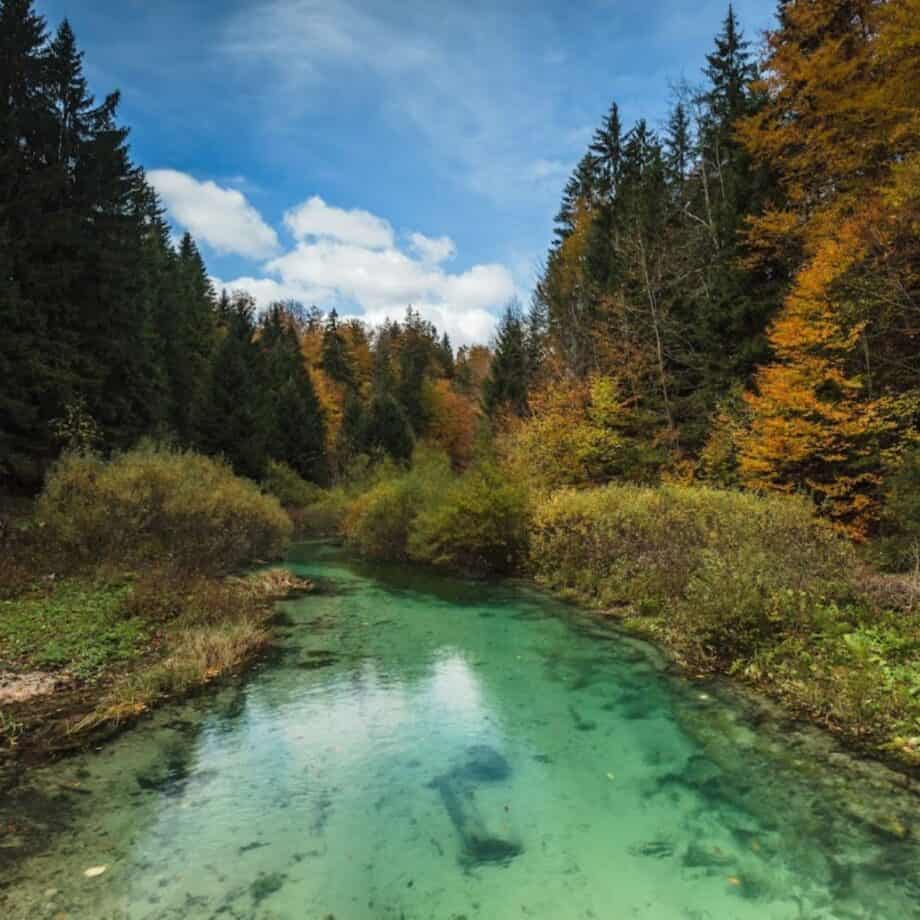
According to this legend, once upon a time, a drought took hold of the region. The plants, the animals and the people all prayed for rain, but everything was dry, and nothing grew. The people gathered at the Spring of Life and started sharing their deepest feelings – everyone but the richest and most selfish man from the tribe, who refused to repent. The tribe elder cast him away, and as he did so, a rainbow emerged above the Spring, filling the people with hope and joy. The Black Queen spoke then, answered their prayers, and as soon as she left, clouds covered the skies and it began to rain. Once it started raining, it did not stop for days, until the water levels rose high enough to form beautiful lakes. The first of the Upper Lakes, the Proš?ansko lake, was named after the word “prositi” (meaning “to pray”) because it was born out of prayer said by the locals. This legend of the Black Queen, her golden chariot, golden hair and fairies is still told to this very day.
Architecture in the Plitvice Lakes National Park
One of the most significant architectural monuments within the National Park is the Hotel Plitvice, built in 1958 in line with the designs created by a renowned Croatian architect Marijan Haberle. The floor plan of the hotel is in the shape of the letter T, with several storeys, and it includes the hotel area offering accommodation and an excursion and economic services area, all forming a single whole. The hotel blends perfectly with its natural surroundings, and when it was renovated in the 1990s, it kept certain retro elements making it a unique and charming place to stay. It is now considered protected cultural heritage of the Republic of Croatia. There are other architectural sites worth mentioning, such as the residential houses in the town of Mukinje, and the mill and sawmill powered by water in the Korana village, rare examples of preserved vernacular architecture. The Kr?ingrad fort within the Plitvice Lakes National Park is a rare example of mediaeval architecture.
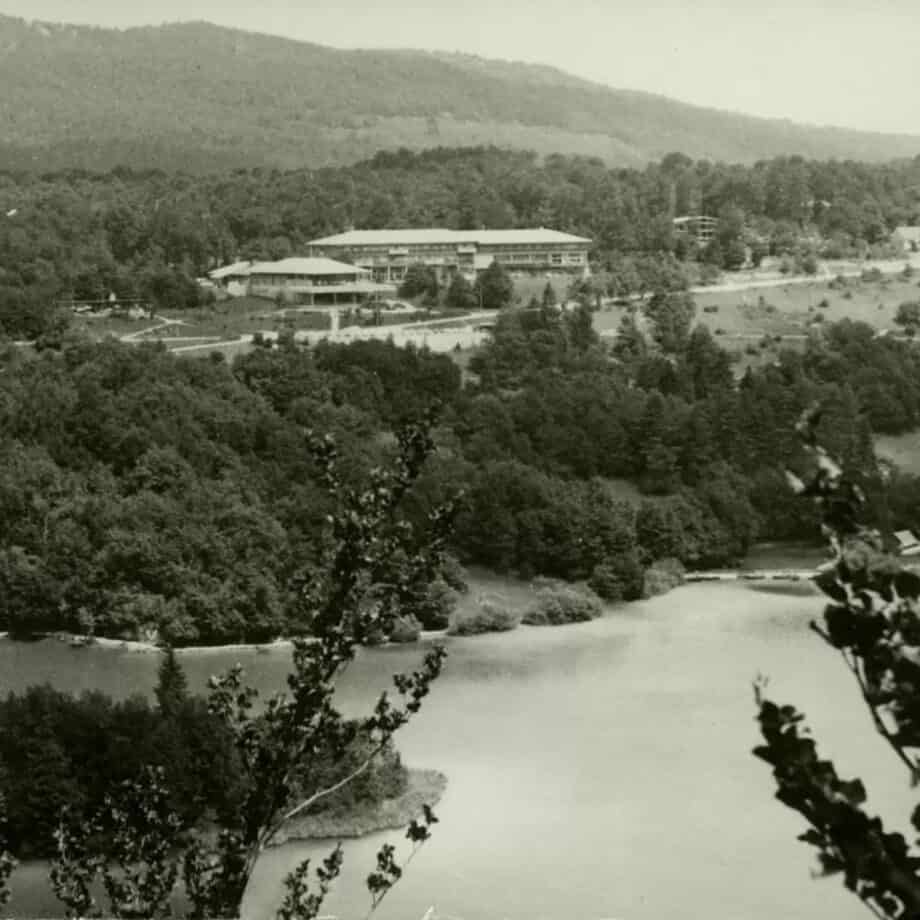
Mills in Korana
In the enchanting village of Korana, named after the eponymous river meandering through the village, there is a mill considered a part of the cultural heritage of the Plitvice Lakes National Park. The village was once home to 5 continuously running mills. All of the power of the water entered the village through smaller waterfalls used for the primeval activity of milling wheat into flour. A long time ago, mills made sure that the locals had flour and other grain needed to feed their families. Although the mills were abandoned up until recently, they have been renovated, which was challenging as no old building plans were preserved. The renovation was successful, and the mill is now good as new. This is only one of the examples of the preservation of cultural and architectural heritage in the National Park.
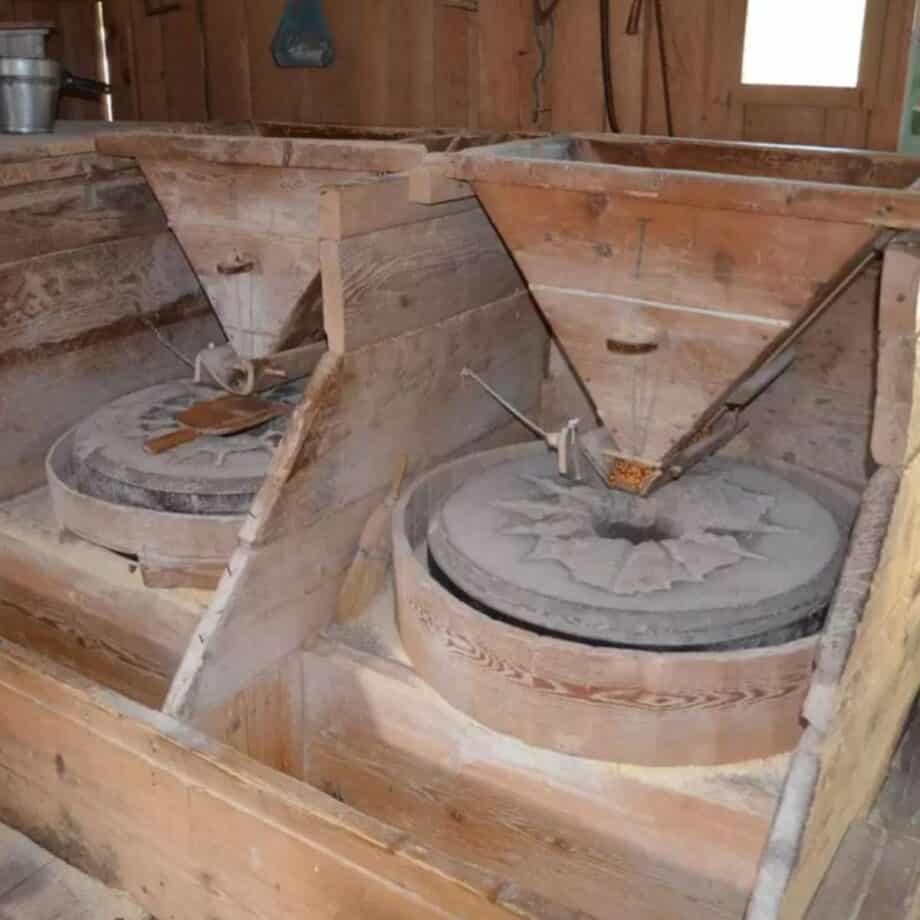
The preservation of cultural heritage in the Plitvice Lakes National Park is not only our responsibility, but it also proves our dedication to preserving natural and historical values. Archaeological research, legends, architecture and the Korana village mills bear witness to the deep connection of people to this area throughout history. The integration of cultural heritage into the natural surroundings enriches the visitors’ experience and contributes to the overall attraction and sustainability of the Park. The preservation of cultural heritage enables visitors to immerse themselves in the rich history and culture of this wonderful region, making them the keepers of this invaluable heritage.
Did you enjoy this article?
Receive similar content direct to your inbox.
Please enable JavaScript in your browser to submit the form


